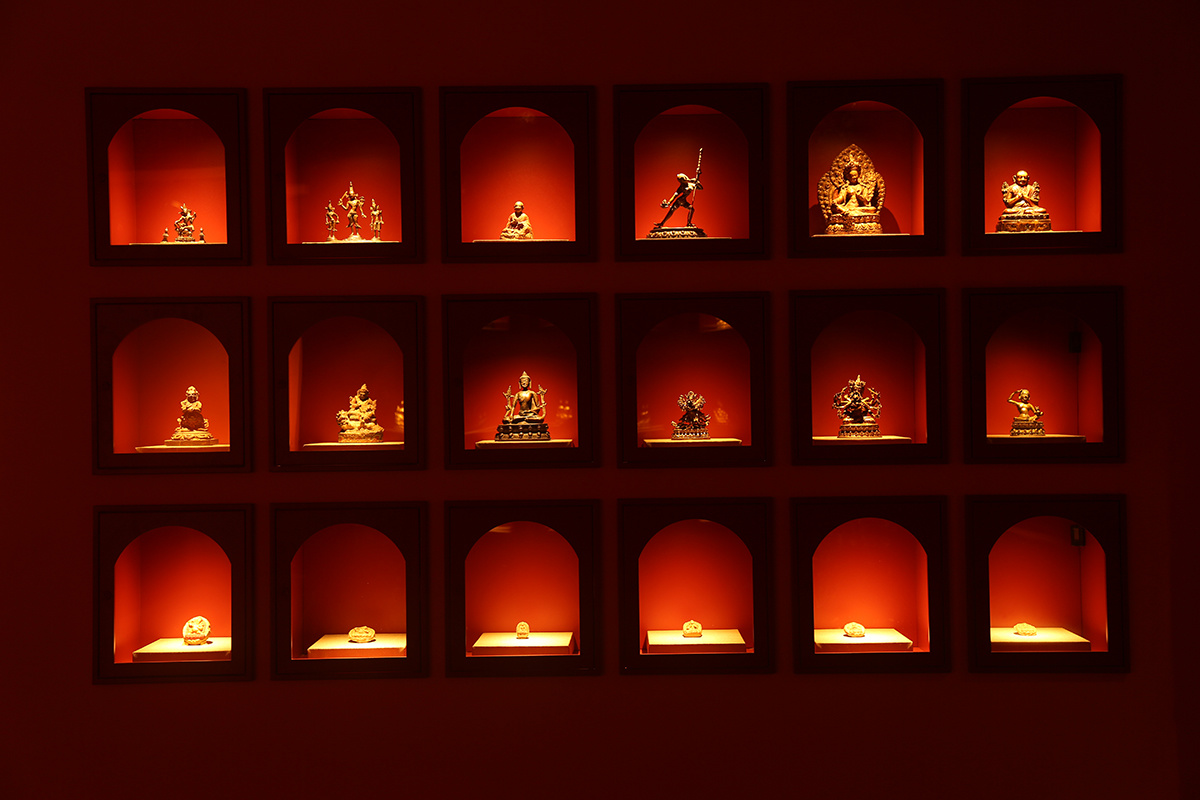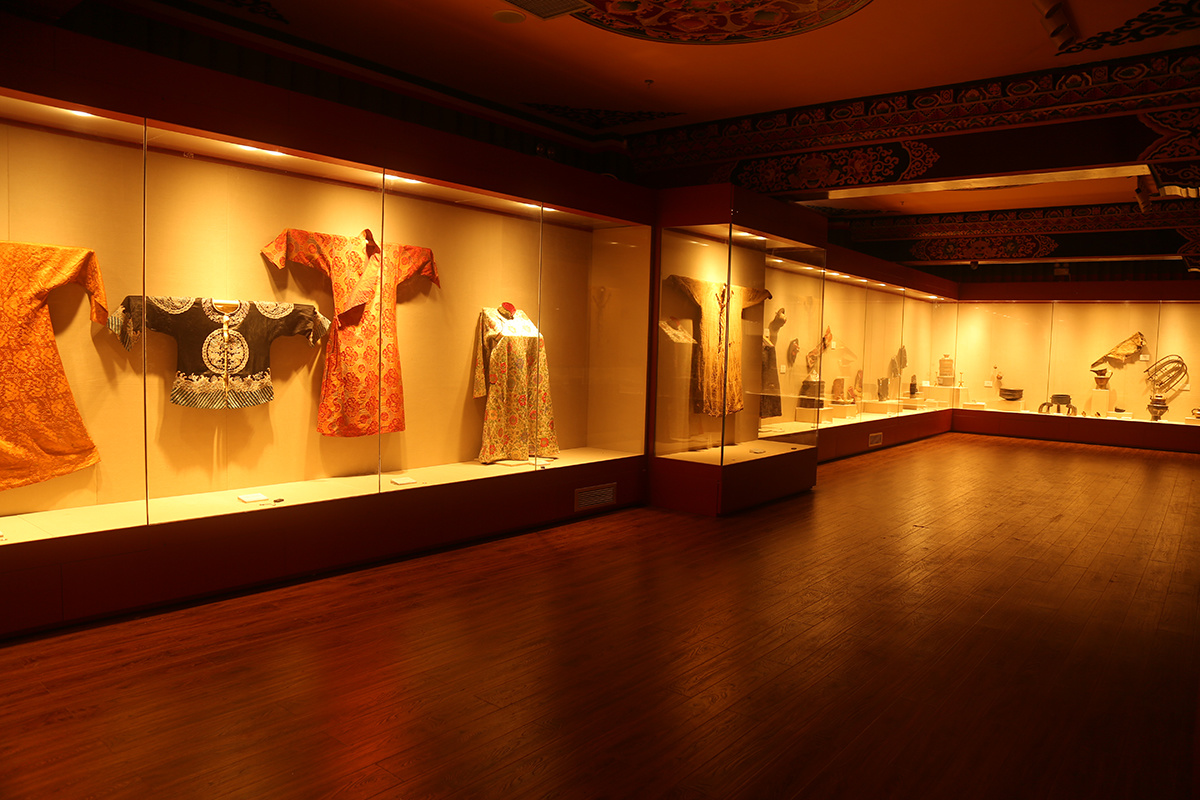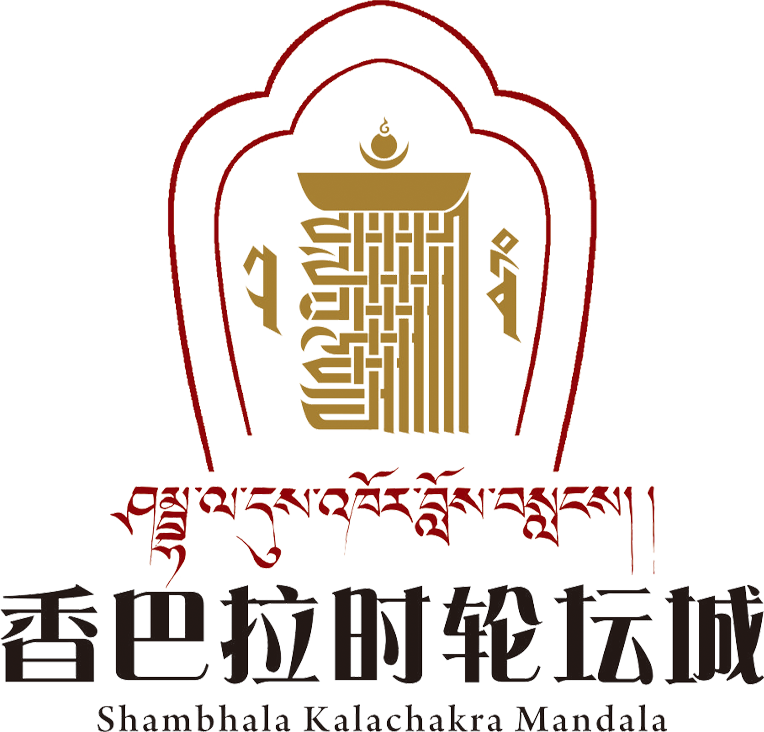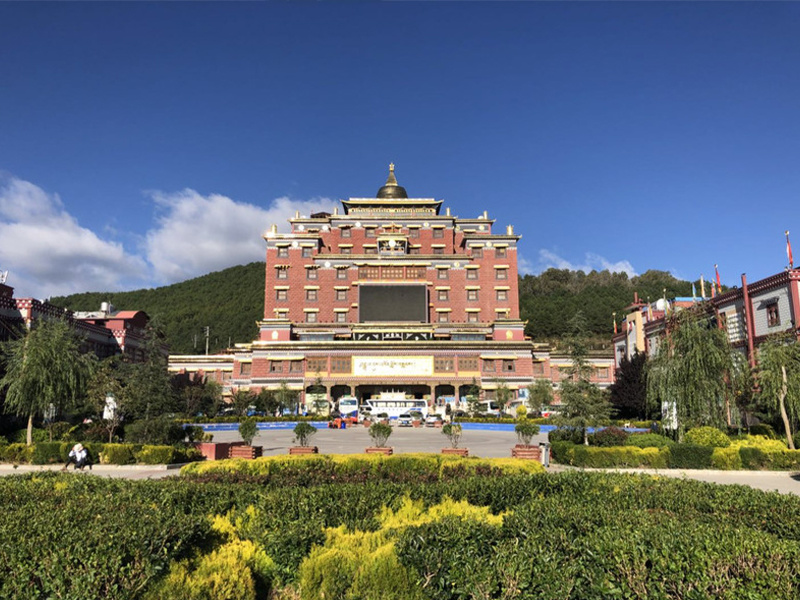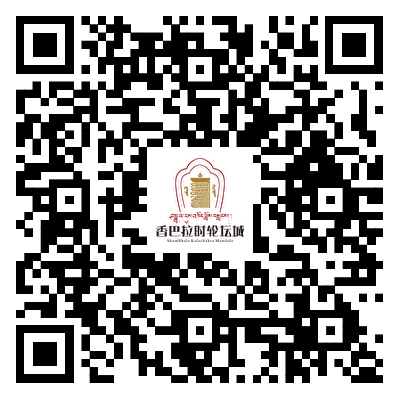recommend News
Cultural products
The Shambhala Kalachakra Mandala, as a magnificent building that integrates modern architecture with Tibetan style, is not only the core display of Kalachakra culture in the Tibetan region but also a hall that gathers the excellent art, crafts, and skills of the Tibetan people.
1. Thangka Art
Definition and Characteristics: Thangka is a unique form of painting in Tibetan culture, using rich colors, delicate brushwork, and unique compositions to present the profound philosophy of Tibetan Buddhism, the beliefs and wisdom of the Tibetan people, as well as the magnificent scenery of the snowy plateau to the world. Most of the surviving Thangkas are works of Tibetan Buddhism and Bon religion, each embodying the artist's dedication and devotion.
Representative Work: The Thangka of Shambhala Kalachakra Mandala, with its exquisite craftsmanship, rich colors, and profound connotations, has become a leader in Thangka art. In the picture, the Kalachakra Vajra sits on a lotus throne, surrounded by countless Buddhas, Bodhisattvas, and protective deities, collectively guarding this ideal paradise. This type of Thangka takes extreme beauty to its limits, using a large number of saturated tones such as gem-like blue, emerald green, golden yellow, and fiery red to create a strong visual impact.
2. Tibetan Buddhist Relics
Statues and Ritual Implements: Inside the Shambhala Kalachakra Mandala are enshrined 1,177 statues including the Kalachakra Buddha, Bodhisattvas, celestial maidens, divine beasts, etc., each carrying profound religious significance and showcasing their solemnity and sanctity. In addition, it also displays a rich array of Tibetan Buddhist ritual implements such as Dharma wheels, conch shells, precious umbrellas, white covers, lotuses, treasure vases, goldfish, auspicious knots (the Eight Auspicious Symbols), as well as mandalas and vajras.
Classics and Manuscripts: The mandala also houses precious Tibetan Buddhist classics and manuscripts, such as hand-painted Thangkas of the 'Four Medical Classics', which detail the profound knowledge of Tibetan medicine. These classics and manuscripts are not only treasures of religion but also important components of Tibetan culture.

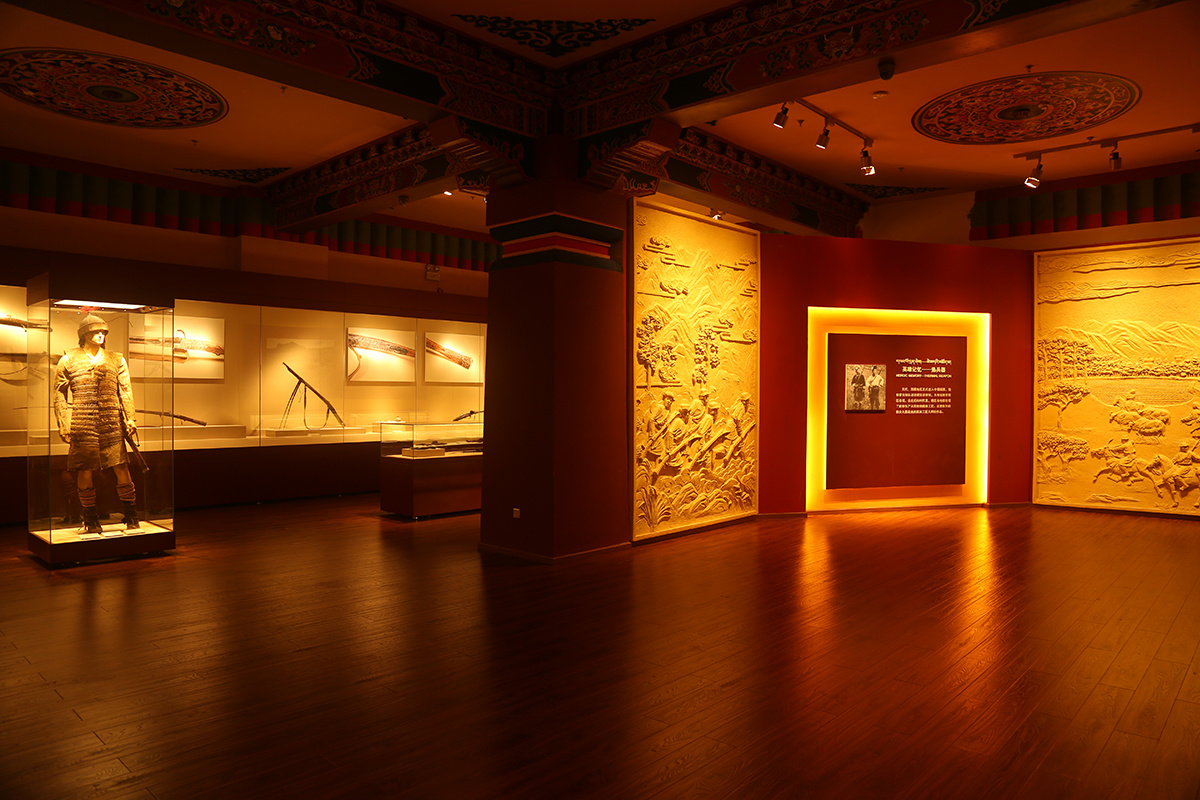
3. Tibetan Clothing and Daily Necessities
Clothing Display: The fourth-floor exhibition hall of Shambhala Kalachakra Mandala showcases colorful Tibetan clothing. These garments not only possess unique aesthetic value but also carry rich cultural connotations and ethnic sentiments.
Daily Necessities: The exhibition hall also displays ancient and modern Tibetan production tools, utensils, and daily necessities such as Tibetan knives, Tibetan-style furniture, and Tibetan tableware. These daily necessities reflect the wisdom and hard work of the Tibetan people while showcasing the unique charm of Tibetan culture.
4. Intangible Cultural Heritage
Traditional Handicrafts: The Shambhala Kalachakra Mandala is also committed to protecting and promoting local intangible cultural heritage such as traditional crafts like Shangri-La water-pattern knives. These crafts not only exhibit exquisite craftsmanship but also have strong local characteristics and cultural connotations.
Cultural Experience Activities: To allow more people to understand and experience Tibetan culture, Shambhala Kalachakra Mandala organizes various cultural experience activities such as Thangka painting experiences and Tibetan incense making experiences. These activities not only enrich visitors' cultural experiences but also promote the inheritance and development of Tibetan culture.
In summary, the cultural products of Shambhala Kalachakra Mandala encompass various aspects including Thangka art, Tibetan Buddhist relics, Tibetan clothing and daily necessities, as well as intangible cultural heritage. These cultural products not only possess unique aesthetic value and cultural connotations but also serve as an important window for understanding Tibetan culture and Tibetan Buddhism.
